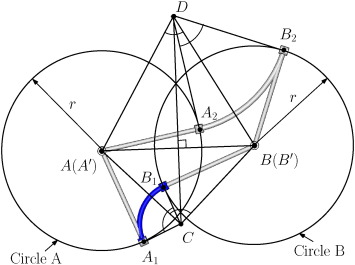

The following sections present examples of manipulators with different number of DOFs, focusing mainly on prototypes developed in the last ten years. Finally, the evaluation of the results and the correction model will allow the accuracy of the system to be improved. The model will determine the nature and number of necessary parameters. Once the calibration model is defined, the number and type of internal or external sensors required, the data acquisition procedure, the necessary configurations and the calibration model are determined. The first decision that the researcher has to make in the calibration process is the calibration method. Once the design is developed, a calibration process must be carried out in order to evaluate and improve the accuracy of the moving platform. However, few researchers have developed 2- and 5-DOF systems due to the fact that constraints have to be added for these two types of systems. On the basis of these designs, in recent years new families of manipulators have been developed with improved performances, obtaining multiple mechanisms of 3-, 4- and 6-DOF. A number of systems have been developed based on this design, such as the manipulator presented by Clavel for pick-and-place operations. Hunt pointed out the advantages of parallel mechanisms and in 1993 designed a new 6-DOF prototype with rotary actuators. This mechanism consisted of six linear actuators joined to the base by universal or spherical ball joints and to the moving platform by spherical ball joints-this publication represented the beginning of parallel robot development. In 1965, Stewart presented a 6-DOF platform for a flight simulator, based on Gough’s platform. This system had an octahedral hexapod structure. In 1947, Gough designed a parallel robot with six actuators to test tyres. One of the first moving platforms was patented by Gwinnett in 1931 for the entertainment industry, and in 1942 Pollard developed a five Degrees-Of-Freedom (5-DOF) robot for a spray painting machine, featuring three kinematic chains with universal joints. The workspace is limited and is difficult to calculate.

However, it is difficult to obtain the forward kinematic model and the analysis of the singularities of the system. In recent years these mechanisms have developed extensively because of their advantages in terms of high loads, stiffness, speed and low moving inertia. Parallel kinematic systems are closed-chain mechanisms in which the moving platform is joined to the base by two or more independent kinematic chains.

With this in mind, this paper is intended to be a guide for those researchers that are familiar with designing, modelling and calibrating parallel mechanisms.
#Kinematics spatial mechanisms pdf viewer serial
In recent years a number of specialized papers presenting the most relevant methods for modelling and calibrating serial robots have been published, but these methods are not always suitable for parallel robots.


 0 kommentar(er)
0 kommentar(er)
